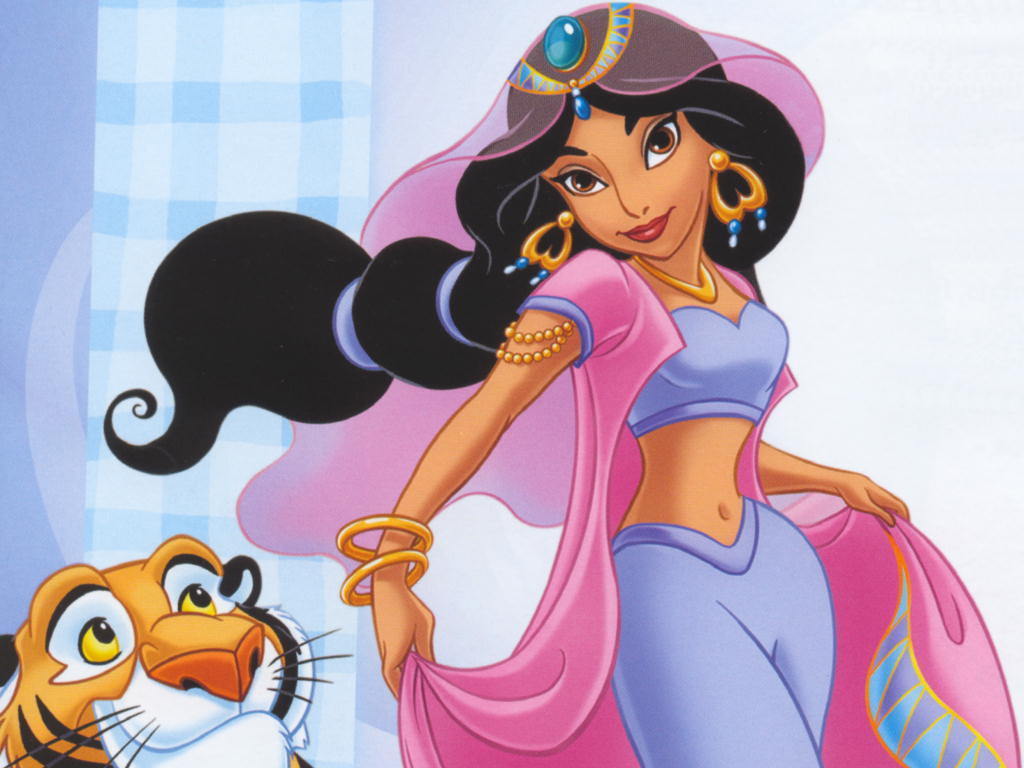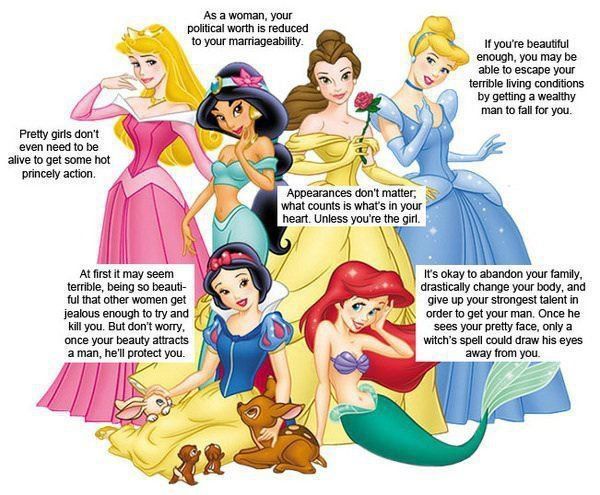A few months ago, I noticed an image on Facebook that was garnering thousands of “likes” and “shares.” Actor, author and activist George Takei, who has 1.3 million “friends,” posted a controversial illustration of the Disney princesses.
Snow White, Cinderella and their girly gang are grouped together, each adorned with a caption. Sleeping Beauty says: “Pretty girls don’t even need to be alive to get some hot princely action.” Jasmine from Aladdin states: “As a woman, your political worth is reduced to your marriageability.”
Really? With the many issues parents have to worry about, we’re spending time “commenting” on these characters, beloved for decades by countless little girls? But I admit that the image stuck with me and caused me to wonder: Is our daughters’ interest in these fanciful princesses really so bad?
“It’s a lot of cynicism from the adult world and they should leave fairy tales alone,” says Elise Kressley, a board-certified child, adolescent and adult psychiatrist in Essex. “It’s beautiful to show a kid a classic fairy tale. We should leave it at that.” Kressley suggests researching these characters on Google or Wikipedia and we will find that their origins lie far from Orlando. Snow White dates back to the days of the Brothers Grimm in Germany in the early 1800s. And Aladdin is a Middle Eastern folk tale first recorded in the 1700s. Obviously, times were different then, and Kressley says a child under the age of 11 isn’t going to focus on gender roles: “It’s just a story to them and that’s OK.”
But if you are troubled by Takei’s image or agree with it but don’t want to prohibit your children from watching these childhood icons, there are some steps you can take to counteract any messages.
Eliminate any stereotypical talk from your home. “Don’t say things like, ‘you can’t do that because you’re a girl’,” says Kressley. In fact, look to Dad as an example. Recent research shows that fathers are changing diapers and cooking dinner more than ever before and their unique way of talking and playing is important. “The amazing, increasing role of the father can only enhance a girl’s development,” says Kressley. “One of the things that promotes healthy images of girls is when Dad is involved.”
We should encourage our children to find their own individuality and allow them to explore the topics that interest them, even when our daughters love woodworking and our sons are drawn to ballet.
It certainly seems as if movie studios are attempting to strengthen female characters and pay attention to current cultural influences. The modern Rapunzel of “Tangled” is independent, clever and funny. Feminist ideals are embodied by Tiana in “Princess and the Frog” when she dreams of owning her own business. This summer’s blockbuster “Brave,” about a skilled female archer, has been lauded for it’s “girl power” theme.
But no matter what’s on the big screen or the DVD player, we can teach our daughters that they don’t need to be “rescued” by anyone. Let’s raise girls who can think for themselves and understand the difference between fantasy and reality.
By Sarah Cody, The Hartford Courant


